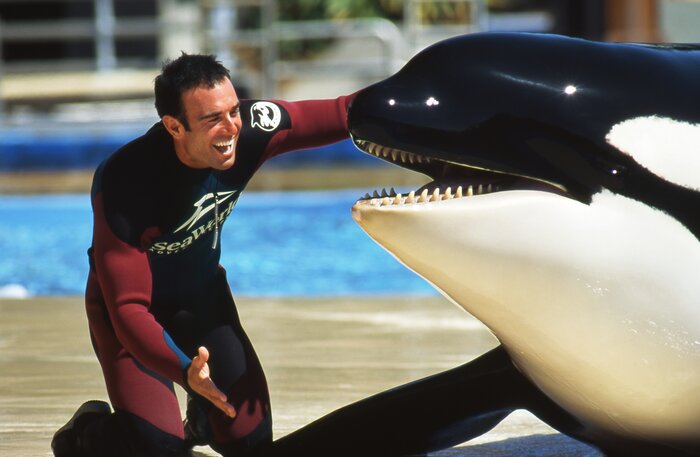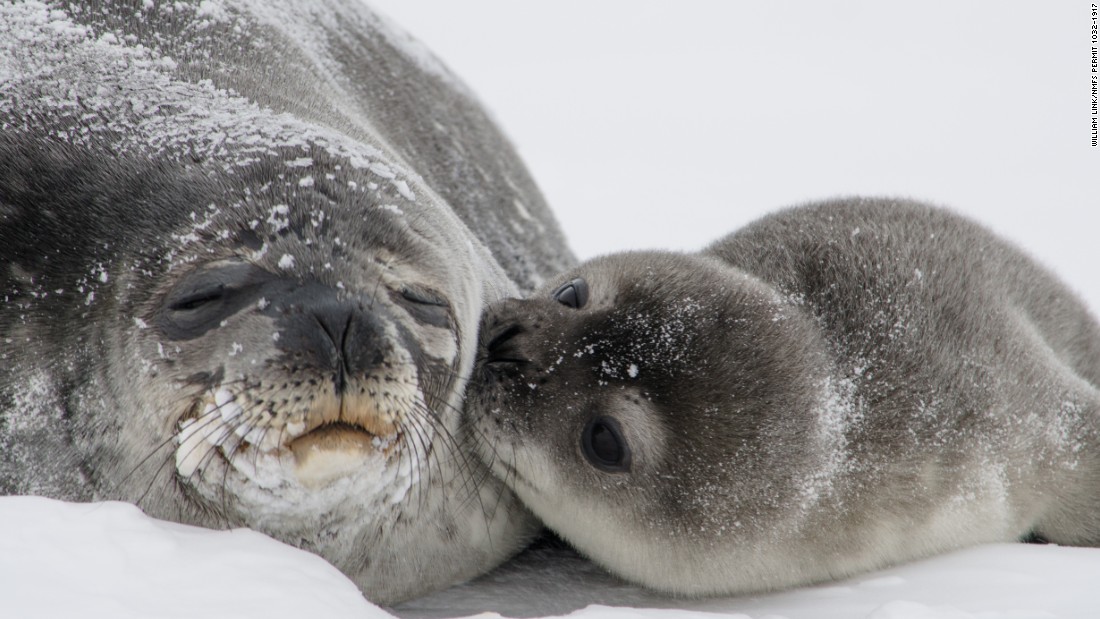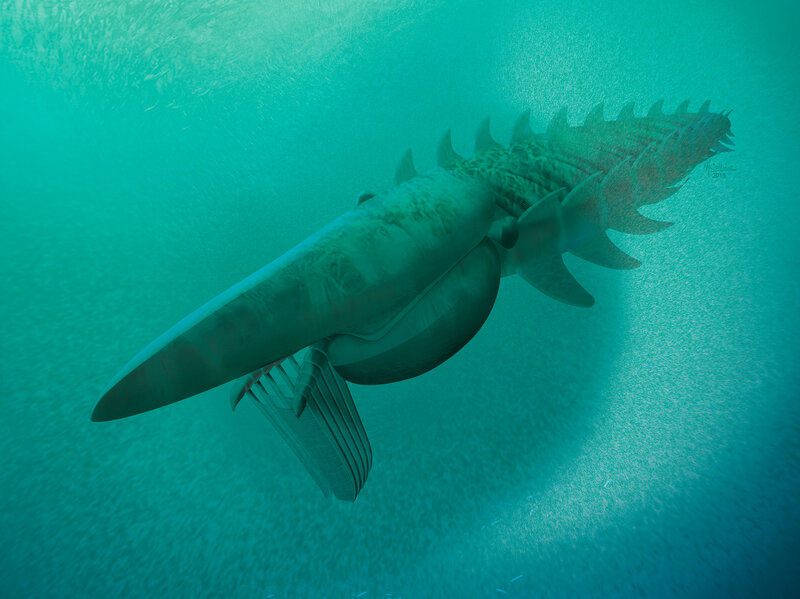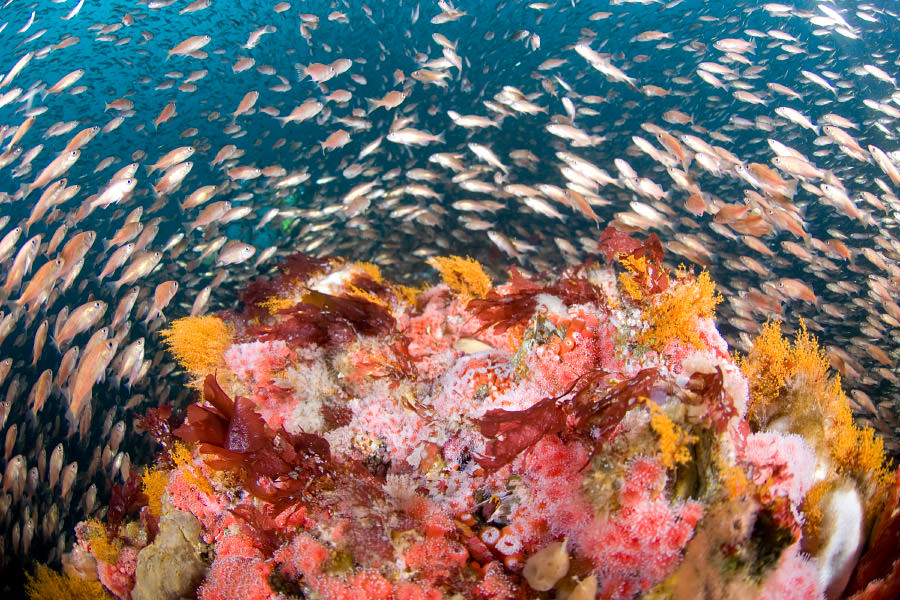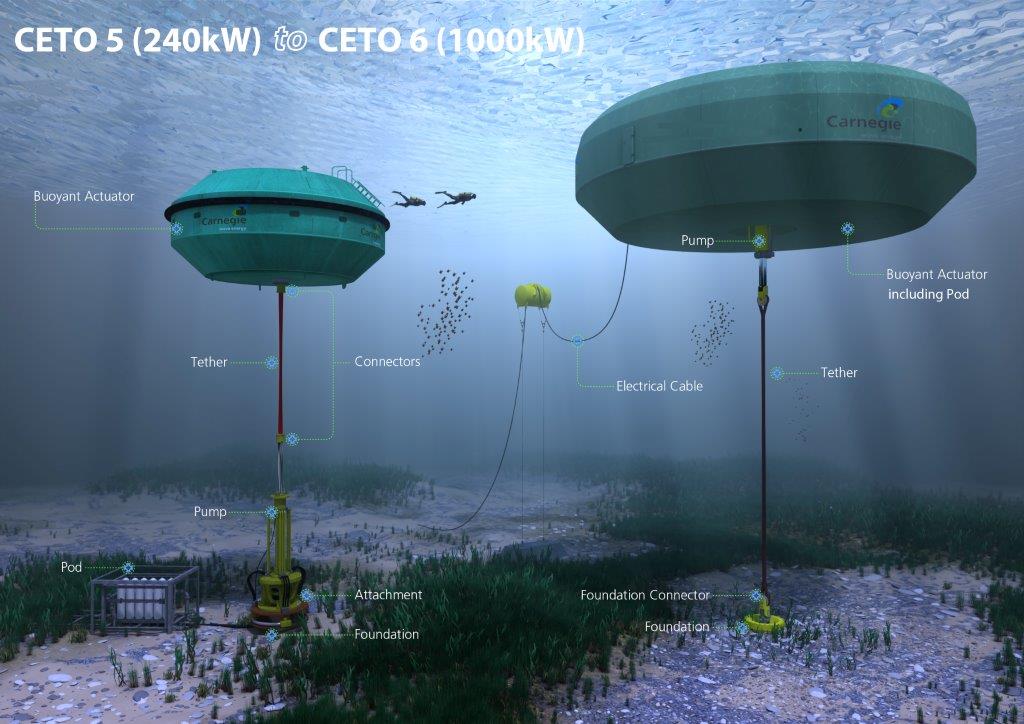1. 20th Century Slowdown in Ocean Circulation

-----------------------------------------------
2. Costa Rica is Running Only on Renewable Energy
-----------------------------------------------
3. Sunscreens are Protecting Our Skin But Not Our Coral
According to a recent study, many of the personal care products that we use today are impacting our coral reefs. Chemicals in sunscreen have shown to actually promote a viral infection on coral which leads to coral bleaching. Researchers reviewed data in the Atlantic, Indian, and Pacific Oceans to prove this hypothesis. Many popular marine tourist locations have now banned the use of sunscreens. Read more...
-----------------------------------------------
4. Former Orca Trainer For SeaWorld Condemns Its Practices
This week on NPR, John Hargrove, an orca trainer, discussed the new book he published on the mistreatment of the SeaWorld whales. The book entitled Beneath the Surface, reveals some events and practices that Hargrove witnessed during his time at SeaWorld. This NPR interview also includes responses from SeaWorld employees. Hear the full interview and read more here...
-----------------------------------------------
Over the last decade, our oceans have lost 90% of large predatory fish. This includes tuna, billfish and swordfish. The population demise had been heavily a result of overfishing and harmful fishing practices. This week the United Nations agreed that it was time to take action and begin to protect the high sea. 'The high seas' refer to the water beyond the coastal state and makes up 58% of Earth's oceans. It is possible that these intital discussions may lead to more marine protected areas in international waters. Read more...
-----------------------------------------------
6. The Great Barrier Reef is Under Siege
As reported in previous Week in Review reports, the Great Barrier Reef is one marine area under extreme damage. In 1981 the reef was named a UNESCO World Heritage site due to it's large and diverse populations of marine species. Between 1985 and 2012, scientists report that half of the reef's coral died. Recently, the Australian government announced plans to expand a deep-water port that could create additional challenges for for conversation. It is also possible that UNESCO may have to put the reef on the list of "World Heritage Sites in Danger" due to coastal development. Read more...
-----------------------------------------------
7. Turtle Extinction Event Bodes Ill for Our Water

-----------------------------------------------
8. Lockheed Martin's Mobile Fish Pen Deployed Off Big Island
Lockheed Martin, one of the world's largest defense contractors, has taken on a project slightly out of their standard repertoire. This week the company released a technologically advanced fish pen. According to Lockheed Marting, the goal of the project is to create a "sustainable, environmentally sound methos of farming, which could have a lasting impact on our oceans and wildlife". The prototype fish net has been set up off the coast of Kailua-Kona, Hawaii. Read more...
-----------------------------------------------
9. Researcher Finds an Undiscovered Species
 Not able to identify the species picture on the right? Neither was biologist Nancy Prentiss when she found this while snorkeling in St. John. This marine worm is not only a new species but a new genus. The scientific name that was given to this worm is Turbocavus secretus. Read more...
Not able to identify the species picture on the right? Neither was biologist Nancy Prentiss when she found this while snorkeling in St. John. This marine worm is not only a new species but a new genus. The scientific name that was given to this worm is Turbocavus secretus. Read more...
-----------------------------------------------
Be sure to "LIKE" http://facebook.com/SeaSave to ensure our "Week in Review" is delivered to your newsfeed every Friday.
Sea Save Foundation is committed to raising awareness of marine conservation. The Week in Review is a team effort produced by the Sea Save staff to provide a weekly summary of the latest in marine research, policy, and news.


